Description
Physics for Scientists and Engineers combines outstanding pedagogy with a clear and direct narrative and applications that draw the reader into the physics. The new edition features an unrivaled suite of media and on-line resources that enhance the understanding of physics. Many new topics have been incorporated such as: the Otto cycle, lens combinations, three-phase alternating current, and many more. New developments and discoveries in physics have been added including the Hubble space telescope, age and inflation of the universe, and distant planets. Modern physics topics are often discussed within the framework of classical physics where appropriate. For scientists and engineers who are interested in learning physics.
It has been more than ten years since the second edition of this calculus-based introductory physics textbook was published. A lot has changed since then, not only in physics itself, but also in how physics is presented. Research in how students learn has provided textbook authors new opportunities to help students learn physics and learn it well.
This third edition comes in two versions. The standard version covers all of classical physics plus a chapter on special relativity and one on the early quantum theory. The extended version, with modern physics, contains a total of nine detailed chapters on modern physics, ending with astrophysics and cosmology. This book retains the original approach: in-depth physics, concrete and nondogmatic, readable.
This new third edition has many improvements in the physics and its applications. Before discussing those changes in detail, here is a list of some of the overall changes that will catch the eye immediately.
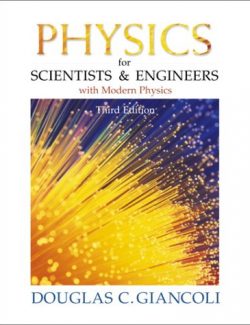
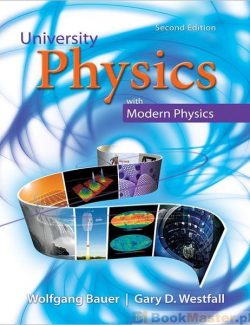
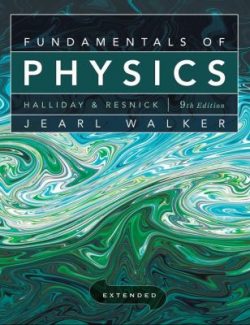
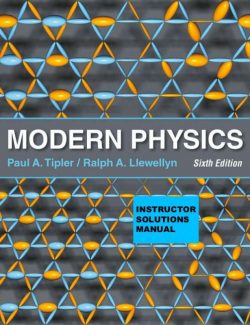
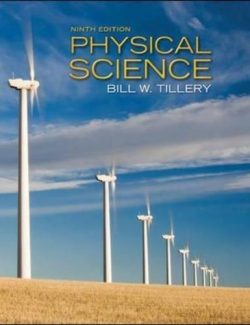
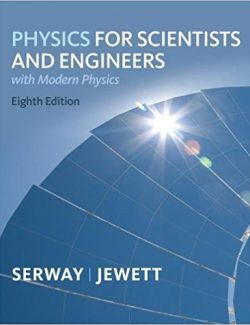
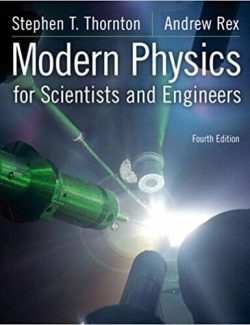
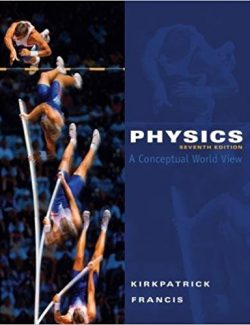
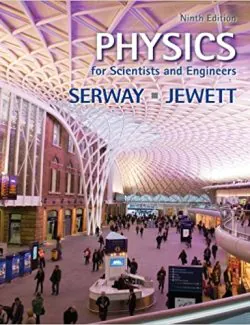
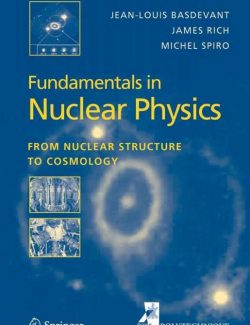
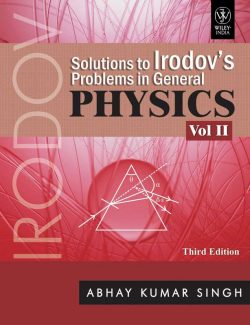
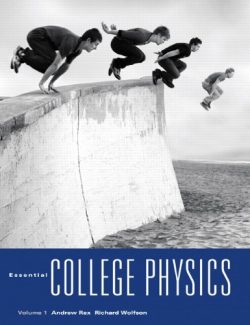
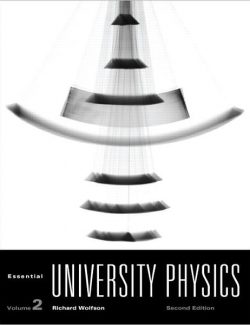
Leave us a comment
No Comments